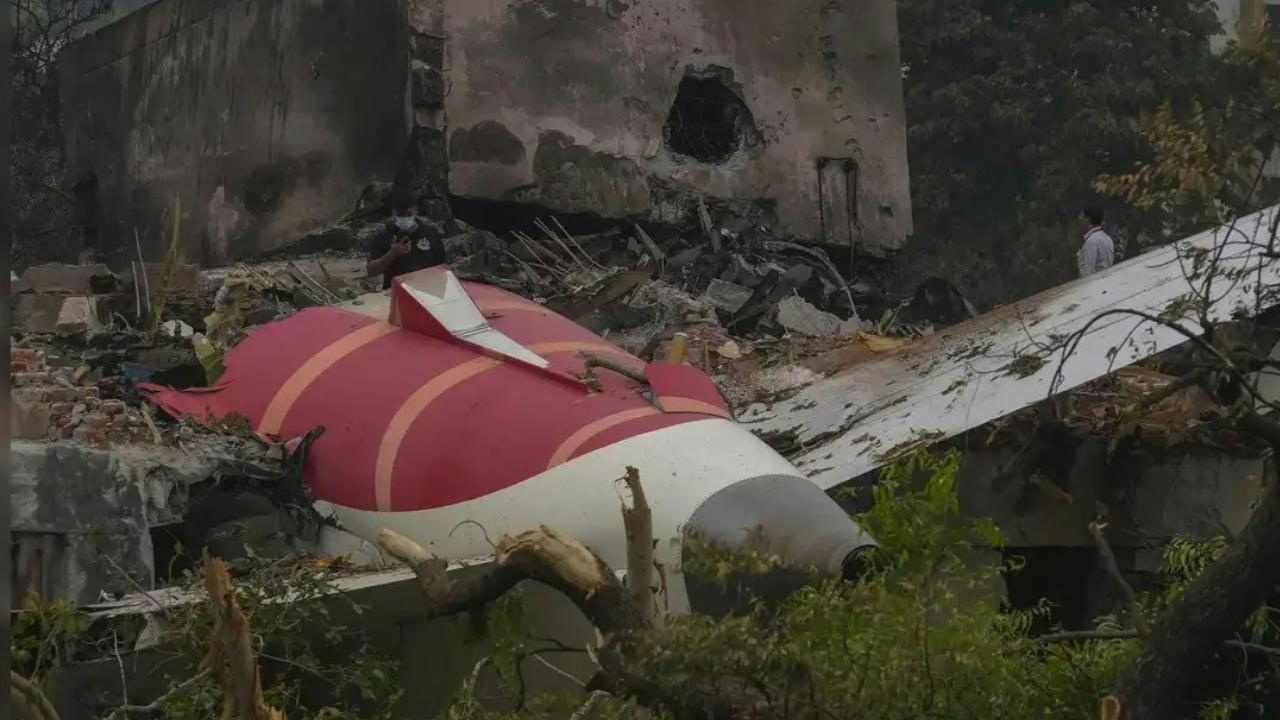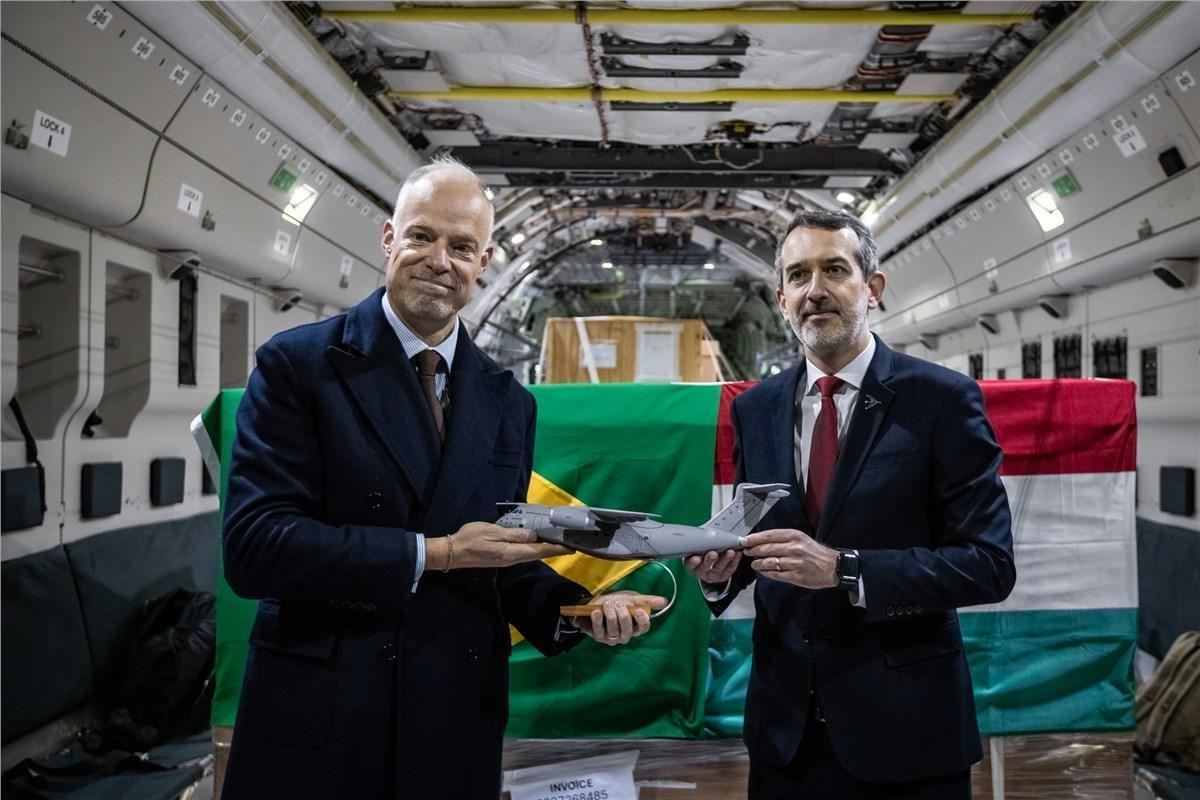
AeroGenie — 您的智能副驾驶。
热门趋势
Categories
AAIB Releases Full Report on Air India Flight AI171 Crash

AAIB Releases Full Report on Air India Flight AI171 Crash
The Aircraft Accident Investigation Bureau (AAIB) has published its comprehensive report on the crash of Air India flight AI171, a Boeing 787-8 that tragically went down shortly after takeoff from Ahmedabad on June 12. The flight was en route to London Gatwick when the aircraft collided with a medical college hostel mere seconds after departure, resulting in the loss of 260 lives, encompassing nearly all passengers and crew onboard.
Details of the Incident and Investigation
The report reveals that the aircraft was carrying 54,200 kilograms of fuel, with a takeoff weight of 213,401 kilograms, both within the prescribed operational limits. The plane lifted off at 13:08:39 IST. Shortly thereafter, the engine fuel control switches were turned off and then reactivated within a one-second interval. At 13:09:05 IST, a pilot issued a distress call declaring “Mayday, mayday, mayday.” No further communication was received by Air Traffic Control (ATC) before the crash occurred.
Investigators employed drones to document the wreckage, which was subsequently relocated to a secure area near the airport for detailed examination. Both engines were recovered and placed under quarantine in a hangar. Fuel samples taken from the aircraft’s bowsers and tanks underwent testing at the Directorate General of Civil Aviation (DGCA) laboratory and were found to meet satisfactory standards. The AAIB report does not call for immediate action against the aircraft or engine manufacturers.
Implications for the Aviation Sector
The release of the full report is poised to have significant repercussions for the Indian aviation industry. The crash exacerbates existing challenges within India’s aviation insurance market, intensifying pressure on insurers and reinsurers both domestically and internationally. Industry analysts expect a reassessment of risk profiles, which may lead to increased insurance premiums.
Air India faces immediate operational challenges in managing compensation and relief efforts for the victims’ families, alongside addressing the reputational damage stemming from the disaster. The airline’s strategic plans for expansion, particularly into international markets such as Australia, may encounter obstacles as it seeks to rebuild public trust.
The broader Indian aviation sector is also under heightened scrutiny, with regulatory authorities anticipated to review and potentially tighten safety protocols and operational standards in response to the report’s findings. Competing carriers, including IndiGo, may attempt to leverage Air India’s difficulties to strengthen their market positions, potentially altering competitive dynamics in the near term.
As the industry grapples with the consequences of the AAIB’s findings, stakeholders are preparing for a period marked by regulatory, financial, and operational challenges following one of the most devastating aviation disasters in India’s history.

Dassault Aviation and Thales Partner on AI for Future Air Combat

Mexicana MRO Deal Stalls Pending Banorte Extension Approval

Trump's Policy on DEI Raises Concerns Over Aircraft Mechanic Training

Why Boeing’s 747 Lacks a Full Second Deck Unlike the Airbus A380

Deutsche Aircraft Appoints Ernst-Georg Schröder Manager of Final Assembly Line for D328eco

PM to Inaugurate Safran Aircraft Engine Services Facility in India on November 26

Leading Companies in Aviation Artificial Intelligence: Airbus, Amazon, Lockheed Martin, Tata Power, Thales

Embraer and ILIAS Partner to Enhance Military Fleet Management

Warburg Pincus Acquires Hong Kong-Based Topcast Aviation Supplies
